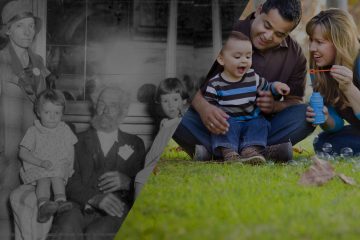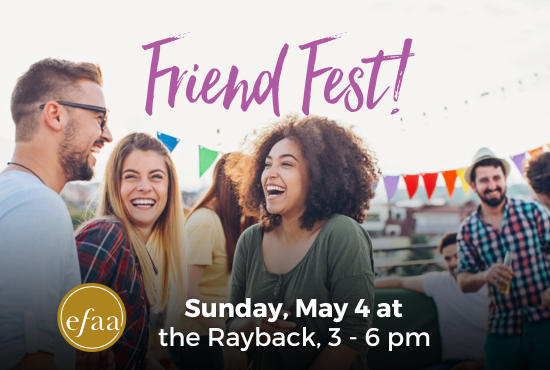Guest blog: From Boulder City Councilman Bob Yates’ monthly Boulder Bulletin
 A century ago, a group of Boulder residents organized themselves into an association to aid families in need. It was 1918. The influenza pandemic was raging, a world war was decimating a generation and, in Colorado, the boom-bust mining cycle left many destitute. The group called their new organization the Social Service Child Welfare Association of Boulder, with the simple idea that folks could help their neighbors in need. One hundred years later, that organization—now called the Emergency Family Assistance Association, or EFAA—continues the goal of aiding those in poverty, particularly families with children, seniors, and people with disabilities. Neighbors are still helping neighbors.
A century ago, a group of Boulder residents organized themselves into an association to aid families in need. It was 1918. The influenza pandemic was raging, a world war was decimating a generation and, in Colorado, the boom-bust mining cycle left many destitute. The group called their new organization the Social Service Child Welfare Association of Boulder, with the simple idea that folks could help their neighbors in need. One hundred years later, that organization—now called the Emergency Family Assistance Association, or EFAA—continues the goal of aiding those in poverty, particularly families with children, seniors, and people with disabilities. Neighbors are still helping neighbors.
While the 1918 organization gave aid primarily by providing food, EFAA has expanded essential services into five areas: Food, direct financial aid, child services, human services navigation, and housing. It is in housing families at risk of episodes of homelessness that EFAA has arguably had the greatest impact in recent years. Starting in the 1970s, EFAA began acquiring housing units so that families with children could have emergency shelter when eviction or foreclosure loomed. EFAA now owns or operates 58 units ranging in housing families with short-term needs (up to nine weeks) to those who are in longer-term transition (up to two years). In addition to those units, EFAA distributes hotel vouchers to families who need only a few days to move from one place to another when the alternative would be homelessness. This year, through those two programs, two hundred families with children were safe and off the street.
EFAA’s executive director, Julie Van Domelen, explains why housing is so important to stabilizing families in poverty: “Losing housing is the most devastating event that can happen to a family,” Julie said. “The typical family we serve makes about $15,000 per year and spends 72 percent of that on housing. It only takes a small impact, like reduced work hours or interruption of child support payments, to upset the balance and put that family out on the street.”
Julie observes that families in poverty are often invisible to the rest of us, leading lives that are seemingly similar to ours. “In BVSD, over the course of a school year, more than 500 kids will experience a period of homeless,” Julie explains. “They may not be living on the street, but they have no permanent residence. Maybe they are temporarily staying with friends or family, maybe they’re in one of our emergency units. But being without a permanent home is incredibly stressful on children. Studies have shown that homelessness impacts children far more than adults, often having life-long affects on physical and mental development.”
In Boulder, perhaps more so than other communities, the high cost of living can put families at risk of homelessness. Julie describes the “double whammy” of child daycare cost and housing expense, both of which have risen far faster than wages. Even families who once had balanced household budgets and steady jobs sometimes find themselves in dire situations when the rent suddenly spikes. Colorado state law prohibits rent control and there is nothing to prevent a landlord from seeking the highest rent the market allows, often on just 30 days’ notice. An EFAA program that provides a temporary rent subsidy was recently expanded by a grant from the City of Boulder. Called “Keep Families Housed,” the program can provide up to three $500 rent supplements over a 12-month period for families who can prove that the subsidy will buy them time to increase their income or find alternative housing that is less expensive, without experiencing homelessness during the transition. In exchange for the help on housing costs, participating families engage in financial counseling and commit to ensuring health and education services are accessed by their children. The program will aid between 200 and 300 families in 2018. Julie notes that the subsidies are not an open-ended hand-out: “We are helping families achieve self-sufficiency, while making investments in the next generation of Boulderites.”
Of course, EFAA still operates the food pantry that has been core to its mission for 100 years. The first two visits to the pantry at 1575 Yarmouth in North Boulder are no questions asked. By the third visit, EFAA wants families who need food to see a case manager for a comprehensive assessment. EFAA serves as a one-stop shop for referrals to human services and can help families apply for longer-term assistance, like Electronic Benefits Transfer, formerly called food stamps. A recent partnership with Community Food Share and Bridge House, allows EFAA to also provide ready-to-eat meals cooked by formerly homeless adults in Bridge House’s Ready to Work culinary training program for children whose parents often hold down multiple jobs and don’t have time to shop or cook. Says one EFAA client, “EFAA is the difference between eating and not eating.”
Julie is confident that poverty can be overcome in Boulder. She observes that there are about 1000 families with children in the city living below the poverty line, but that, on average, $7000 per family would lift them above that threshold, calculating that it would take only $7 million annually for the community to be able to declare that not a single child in Boulder lives in poverty. “In Boulder, it’s easy to go through your day without being aware of those in need,” Julie said. “The community must wake up. If we can’t solve this in Boulder, where are we going to solve it?”
EFAA could not achieve its mission without volunteers staffing the pantry, driving trucks to pick up donated food, and mentoring students in after-school programs. In total, EFAA runs with the help of more than 700 volunteers, who typically commit to work at least three hours per week. Those volunteers often give more than their time. Julie observes that a significant portion of EFAA’s funding comes from cash contributions by Boulder residents. If you would like to become an EFAA volunteer or make a contribution, EFAA would welcome your assistance.
“This challenge has been with us for 100 years. But having a robust community safety net improves lives for everyone in Boulder,” Julie said. “All it takes is neighbor helping neighbor.”


